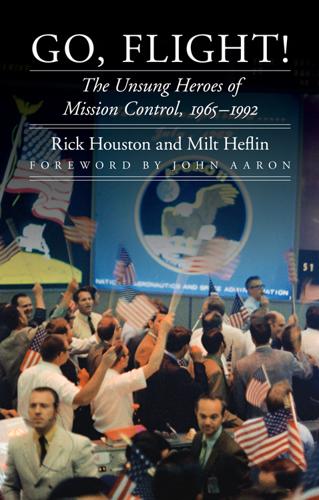
Go, Flight!: The Unsung Heroes of Mission Control, 1965-1992
by
Rick Houston
and
J. Milt Heflin
Published 27 Sep 2015
Goett rather than directly to NASA headquarters in Washington. It was not long before the concept for a separate $60 million complex that would employ an initial estimate of three thousand people came into being. Even then, the location of a permanent MOCR remained in doubt. Would it stay at the Cape, closest to where the country’s crewed spaceflight missions would begin? Surely, that would be the best bet. Goddard, maybe? That was where NASA’s earliest computers were located, plus it was a bonus—to some, at least—that it was located so close to the bosses down in DC. Or, finally, should the MOCR go where the rest of STG went and keep everybody in one place?
…
Before launch, he went to Kraft for approval. He got it. The Americans now had the records for longest flight and the first rendezvous in space. Next up was an Agena docking, but that was a test that very nearly led to NASA’s first in-flight tragedy. The nastiest emergency in the young history of crewed spaceflight began innocently enough on 16 March 1966, when Gemini 8’s Neil Armstrong brought his spacecraft in for a smooth docking with an Agena Target Vehicle six hours and thirty-three minutes after he and David R. Scott had lifted off from the Cape. That elicited yet another round of cheers in the MOCR, but all-out chaos was about to break loose and the ground had absolutely no way of knowing about it.
…
“In our theater of competition, the space theater, we were surprised and engaged at the beginning of the second quarter,” Lunney said. “We had won the day and the enemy left the field of competition at halftime. It went on for a long time after that in other fields, but not in ours.” Third-floor comm loops fell silent, its console monitors darkened. It would be nearly a full decade before another crewed spaceflight was flown out of that room, as control for all three Skylab missions, the Apollo-Soyuz Test Project, and the first four Space Shuttle missions shifted to the one a floor down. The third-floor MOCR had played a major role in the grandest adventure mankind had ever known, but in January 1986, it was to be part of NASA’s greatest tragedy to that point. 11 The End of an Era The roses came into the control room like clockwork, targeted to arrive on the day of landing for each of the 110 Space Shuttle flights that came after the Challenger accident.

Space 2.0
by
Rod Pyle
Published 2 Jan 2019
“The Top 3 Reasons to Colonize Space.” Space.com, October 18, 2001. 28Interview with the author, October 2016. CHAPTER 4: THE FIRST SPACE AGE 29Marks, Paul. “One thing spacecraft have never achieved—until now.” BBC Future, June 1, 2016. 30Rhian, Jason. “Why Dream Chaser Didn’t Win the Bid for Commercial Crew.” Spaceflight Insider, October 14, 2014. www.spaceflightinsider.com/missions/commercial/lower-techni-cal-maturity-schedule-uncertainty-cited-nasa-select-dream-chaser-commercial-crew-program/. Accessed April 12, 2018. CHAPTER 5: DESTINATIONS 31The five Earth-moon Lagrange points are called L1, L2, etc. L1 is between Earth and the moon, and L2 is on the far side of the moon.
…
Roscosmos: A state corporation responsible for the spaceflight and cosmonautics program for the Russian Federation. Roscosmos runs the majority of Russian (and previously Soviet) space programs. Shenzhou and Tiangong: Respectively, the collective names for China’s new space capsules and space stations to provide crewed spaceflight capability. SLS: Space Launch System, a large rocket being built by NASA primarily for missions beyond low Earth orbit. It is derived from technology designed for the space shuttle and Constellation programs, the latter of which were intended to return US astronauts to the moon. Constellation ran from 2004 to 2010.
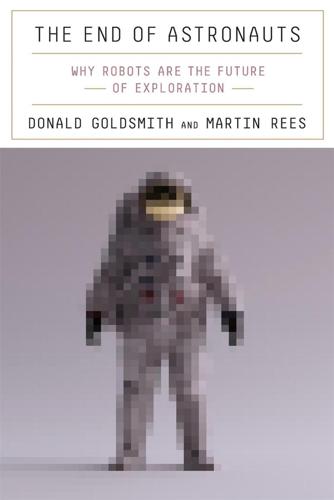
The End of Astronauts: Why Robots Are the Future of Exploration
by
Donald Goldsmith
and
Martin Rees
Published 18 Apr 2022
Kennedy, who had won election in 1960 in part by proclaiming that a “missile gap” prevailed between the United States and the Soviet Union (after the election, the “gap” was shown to exist only as a projection of future numbers), called for American astronauts to reach the moon in a race that “we intend to win.” Fourteen months later, an assassin’s bullets took his life. Nevertheless, Kennedy’s vision of sending humans to the moon was eagerly adopted by his successor, Lyndon Johnson, who had become an early advocate of crewed spaceflight and had played a key role in the 1958 creation of NASA. Johnson’s policies ensured that NASA’s Texas center would provide the hub of human spaceflight planning in the United States. For the next decade, those plans revolved around human missions to the moon, with eventual triumphant success.4 Today the Johnson Spaceflight Center near Houston retains its central role in the United States’ efforts to promote human spaceflight, but the five decades since astronauts last touched the lunar surface testify to how geopolitics have warped the application of reason to these efforts.
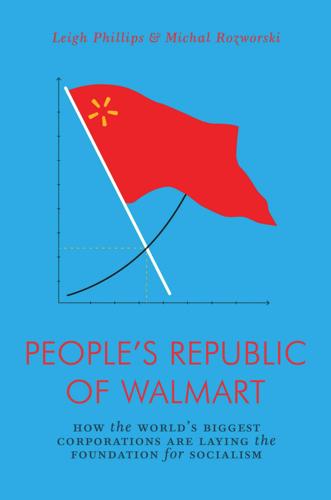
The People's Republic of Walmart: How the World's Biggest Corporations Are Laying the Foundation for Socialism
by
Leigh Phillips
and
Michal Rozworski
Published 5 Mar 2019
But partisans of market socialism have to set aside the reality that the goods and services produced in markets, even socialist markets, will still only be those that can turn a profit. And, as we have discussed, the set of things that are beneficial overlaps only in part with the set of things that are profitable. New classes of antibiotic, rural high-speed internet, and crewed spaceflight would all be as difficult to deliver under a socialist market as under a capitalist one, without significant, planned intervention into the market. Meanwhile, items that are profitable but actively harmful, such as fossil fuels, would still likely be produced. The anarchy of the market also inevitably suffers from duplication and overproduction, and their concomitant manufacture of economic crisis.

Test Gods: Virgin Galactic and the Making of a Modern Astronaut
by
Nicholas Schmidle
Published 3 May 2021
Blue Origin and SpaceX were run by tech wizards, algorithmic geniuses who trusted in mathematical power to eliminate human error, to one day render fallibility obsolete. Virgin was analog, and despite the futurism of SpaceShipTwo’s mission, the vehicle was relatively simple—cables and rods, no autopilot, no automation. The fate of the ship was in Stucky’s hands. Nichols was sure they were going to die: that was the hazard of crewed spaceflight. “If you want to build confidence in space, don’t try sending people there,” David Cowan, a venture capitalist who has invested in several commercial satellite companies, said. “Any failure will be a catastrophe.” The day was shaping up to be just that. Down on the runway, the lime-colored fire trucks were ready to go.
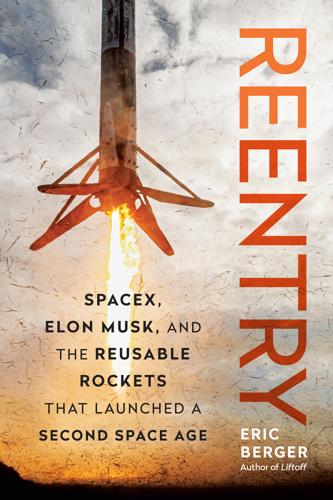
Reentry: SpaceX, Elon Musk, and the Reusable Rockets That Launched a Second Space Age
by
Eric Berger
Published 23 Sep 2024
Hurley had flown alongside Chris Ferguson, who commanded the final shuttle mission, and the two became friends. But their relationship had grown strained after the shuttle touched down. Just months after the flight, before the end of 2011, Ferguson left NASA to direct the “crew and mission” systems for Boeing’s crew spaceflight program. Hurley believed Ferguson had plotted his exit from NASA to Boeing even before the shuttle flight. As part of this, Ferguson had carefully staged a flag ceremony during the mission, bringing to the space station an American flag that had been flown on the vehicle’s first flight in 1981.
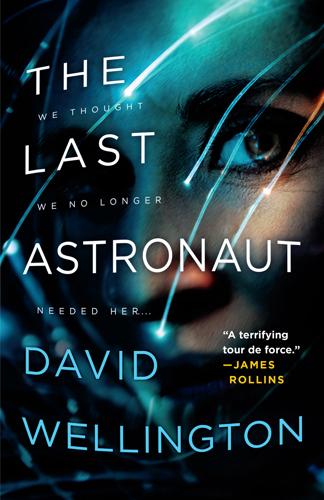
The Last Astronaut
by
David Wellington
Published 22 Jul 2019
Now you’re in charge of deep space probes.” McAllister’s face was sunburned and weathered and hard to read. There was no missing the pinched annoyance there, however. Had Stevens already screwed this up? “It’s my turn to correct you. I’m not quite so old as you may think. By my time we called it ‘crewed spaceflight.’ Not ‘manned.’” “Right,” Stevens said, closing his eyes in shame. “Right.” “At any rate, I believe I’m the person you wanted to talk to. Your message was a bit cryptic,” the old man said. Sunny cleared his throat. “2I/2054 D1,” he said. And that was it. The die was cast. No going back to the Hive, not now.

Come Fly With Us: NASA's Payload Specialist Program
by
Melvin Croft
,
John Youskauskas
and
Don Thomas
Published 1 Feb 2019
Afterward, Garn sometimes had the opportunity to speak with them. True to course, Garn would remind them that he expected to fly on the shuttle. Bingham confessed, “It became kind of a litany. Everybody knew that he had every intention at some point of trying to get on board the space shuttle.” Hans Mark became a champion of human-crewed spaceflight when he met and worked with the legendary Wernher von Braun in the 1970s, eventually coming to support the inclusion of ordinary people flying on the shuttle. Perhaps helping Garn secure a spot would open the door for other passengers, perhaps even him? According to Mark in The Space Station: A Personal Journey, as late as mid-1984, he harbored his own dreams of flying into space on the shuttle.